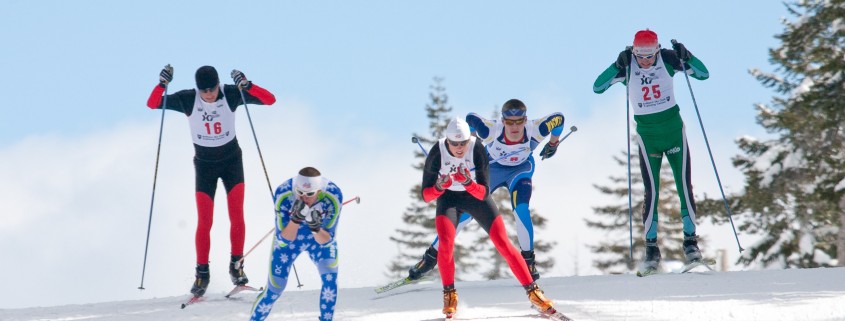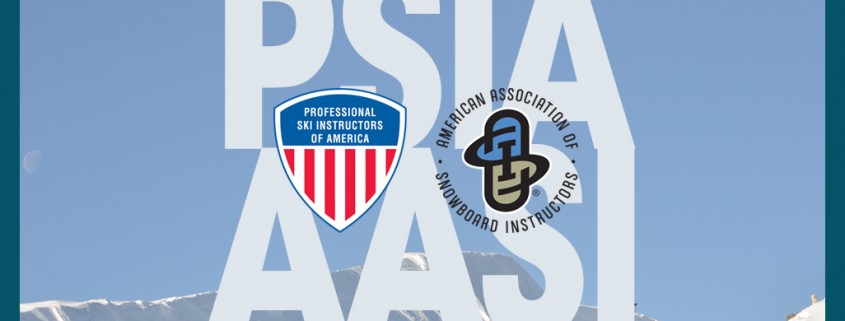By Brent Kuemmerle and Dan Stormer
If you are looking ahead to a certification event in our Division and have a disability, you may be wondering what to expect and how to best prepare.
As examiners and educators for the Western Division, we are proud of the work that our association has done to raise awareness of disabilities and smooth the road for persons with disabilities to participate in snowsports. But how does that carry over into the world of certification where members are being examined to a challenging standard? In this article, we hope to shed light on the obligations of the Association, the actions of the examiner, and the responsibilities of candidates to work together in a cooperative way to provide a positive and fair examination experience.
A little history may be helpful to better understand the reason accommodations are necessary. In the 1970s and 1980s there were a series of legislative mandates involving equality in the work place. These led to increased awareness and protections for persons with disabilities. The purpose of these accessibility laws was and is, to allow all participants an opportunity to compete equally, while also reasonably accommodating a disability, without altering the essential functions of the position sought –whether a job or a PSIA/AASI certification. These requirements are not intended to give anyone an unfair advantage. Nor is it intended to weaken the standards for performance required in the examination process. To be certified, our members must meet the requirements of the National Standard for that discipline. The real question is, how do you do that when a person has a disability?
The definition of a disability for our purposes, focuses on functional issues. Under these requirements an impairment qualifies as a disability if there exists one or more of the following:
• A physical or mental impairment that substantially limits one or more of the major life activities of that person,
• A record of having such an impairment, or
• Being regarded by others as having such an impairment.
• Examples of major life activities include, but aren’t limited to, caring for oneself, performing manual tasks, seeing, hearing, eating, sleeping, walking, standing, lifting, bending, speaking, breathing, learning, reading, concentrating, thinking, communicating, and working.
Sounds pretty broad, huh? Historically candidates were told to inform the examiner of any infirmities so the disability could be addressed in the exam. As examiners we tried to take the disability into consideration when looking at skiing, demos, etc. This leaves a lot of room for personal discretion without sufficient guidance for either the candidate or the examiner. The Western Division is trying to directly confront the need for certainty and clarity for examiners and candidates alike.
If a candidate with a disability is requesting a reasonable accommodation there are two things the candidate must address and an examiner must evaluate:
• What functions in the examination does your disability affect?
• What accommodations would reasonably provide for fair access without impinging on the essential requirements of the examination?
If a candidates disability and/or need for accommodation are not obvious, PSIA/AASI is entitled to ask for medical information confirming that the disability is covered under the law and merits accommodation. It is the responsibility of the candidate to provide the appropriate medical information requested where the disability and/or need for accommodation are not obvious or already known.
A reasonable accommodation is defined (for our purposes) as any change in the way things are customarily done that provides an equal opportunity to an individual with a disability. While there are some things that are not considered reasonable accommodations (e.g., removal of an essential certification function), reasonable accommodations can cover most things that enable a candidate to have equal access in the examination process. Examples are rest periods, timeouts, extra time in certain situations and other accommodations which do not impair the essential functions of the examination.
The information should be brought to the attention of PSIA-AASI W at least 3 weeks prior to the exam. Our education staff can ask for proof of the disability in advance of the examination and the candidate must describe what specific accommodation is requested as a result of the disability.
Under the Rehabilitation Act, medical information obtained in connection with the reasonable accommodation process must be kept confidential. This means that all medical information obtained in connection with a request for reasonable accommodation must be kept in files separate from the individual’s test performance. This includes the fact that an accommodation has been requested or approved and information about functional limitations. It also means that whoever obtains or receives such information is strictly bound by these confidentiality requirements.
In the end, integrating members with a disability into our certification events is a new opportunity for all of us to learn, and with good communication we can make this process easy and respectful to all parties.
If you are attempting a PSIA-AASI certification, and need to inform the Western division of a disability that needs and accommodation, please send an email request to info@psia-w.org at least three weeks prior to the desired event. Please include specifics on the requested accommodation(s). Please be ready to submit proof of the disability in the form of a Doctor’s note, or supply more information if needed. Your information will be kept confidential. As always, do not hesitate to contact our office with your questions.
Brent Kuemmerle is an L3 Snowboard Instructor, Examiner, Adaptive Ed Staff, and Adaptive Committee member. He currently runs a non-profit, the Tahoe Adaptive Competition Center (TACC), to provide training opportunities for athletes with a disability. In 2012 TACC hosted the largest adaptive snowboard competition in history. TACC hosts daily training, camps and competitions at various locations in the South Shore of Lake Tahoe. Brent is also one of those candidates with a disability who might not tell you until you ask…or notice the single golf shoe. Dan Stormer is an attorney whose practice includes representing persons with disabilities. He is also a L3 Adaptive instructor, Examiner, Adaptive Ed Staff, and Adaptive Committee member. He also has L2 Alpine, L2 Seniors and L2 Children Specialist. He is on staff at Mt High
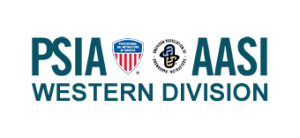
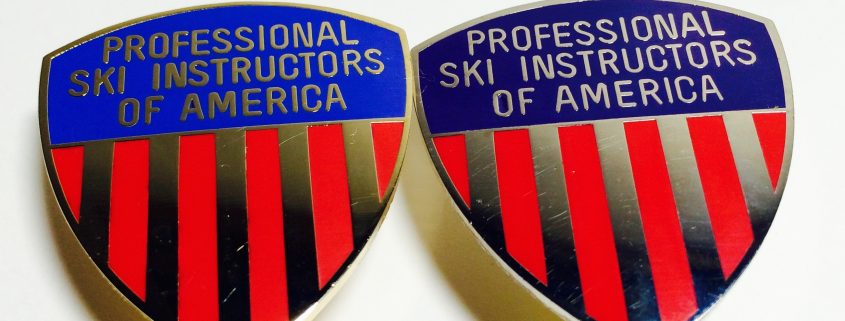
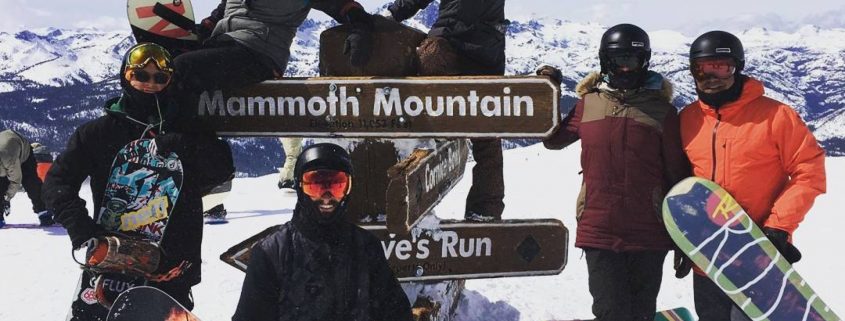




 Chris Hargrave
Chris Hargrave







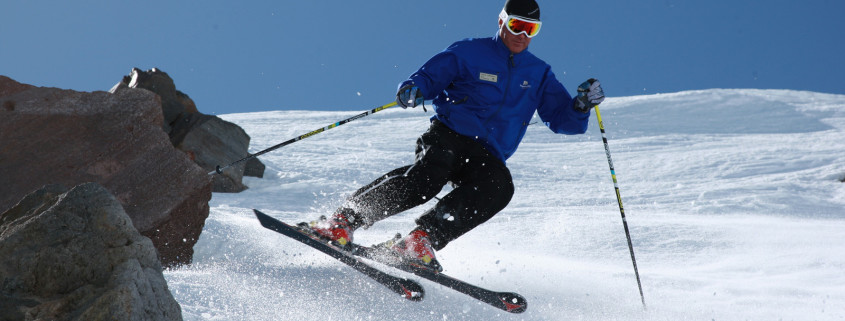
 avid golfer and had lived for quite a while in Palm Springs, California. Now that he was back in town he wondered if he could still ski and he wanted to try the new shaped skis. In the old days, he was a certified instructor and was more than adequate as a skier and instructor.
avid golfer and had lived for quite a while in Palm Springs, California. Now that he was back in town he wondered if he could still ski and he wanted to try the new shaped skis. In the old days, he was a certified instructor and was more than adequate as a skier and instructor.
